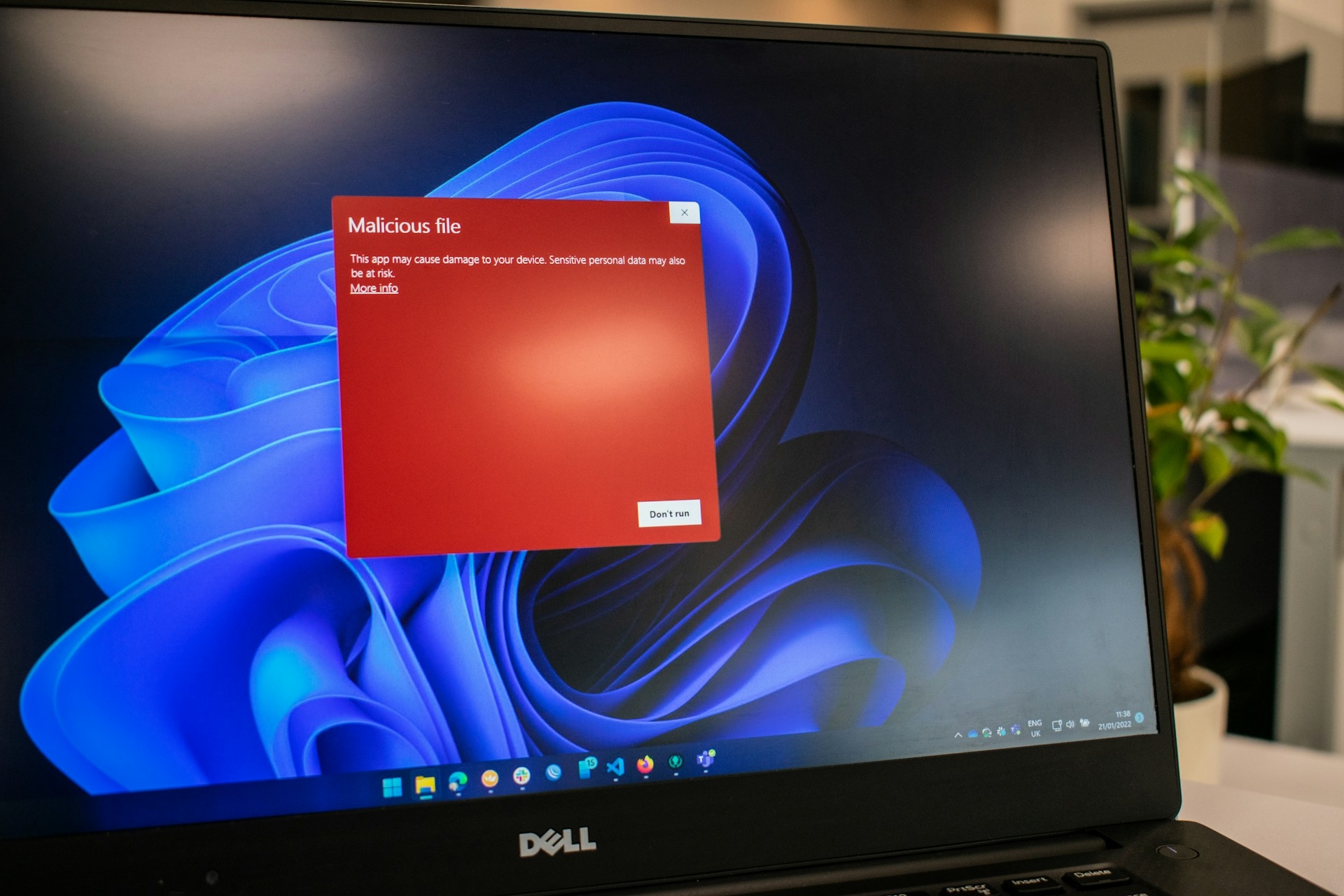URL Blacklist: What It Is & How to Avoid It
In today's digital landscape, ensuring safe web browsing is paramount. To protect users, online companies, search engines, and government agencies have implemented various security measures over the years, including CISPA. One of the most prevalent tools in this arsenal is the URL blacklist, designed to prevent consumers from visiting malicious websites.
At Linkly, we prioritize your online safety and business integrity. This post will delve into what a URL blacklist is and how you can avoid landing on one.
Understanding URL Blacklists

A URL blacklist is a list of websites identified as harmful or unsafe due to suspicious activities detected by antivirus vendors, search engines, and other hosting services. When a website is blacklisted, access is blocked, and users receive a warning message about potential malware.
Being blacklisted can significantly reduce your site traffic, damage your business reputation, and prevent you from using services like Google Ads. This can occur due to malicious behavior, security issues such as spam, trojans, phishing, or even due to software vulnerabilities and cyber-attacks not directly caused by the site owner.
How to Avoid the URL Blacklist
While the threat of cyber-attacks may seem daunting, there are effective strategies to prevent your website from being blacklisted.
Create a Strong Password
Strong passwords are your first line of defense. A robust password should be at least twelve characters long and include numbers, upper and lower case letters, and special characters. Use a password generator for added security and a password manager to avoid using the same password across multiple accounts.
Use Trusted and Reliable Software
Free themes, plugins, and software can be tempting but often come with risks. Ensure you use reputable sources. Research the developer, check compatibility with your site, read customer reviews, monitor the number of active installations, and verify the frequency of software updates.
Fix Damaged Links
Broken links can lead to 404 errors, negatively impacting SEO and user experience. Regularly audit your site for broken links and fix them promptly to maintain a healthy and accessible site.
Limit Login Attempts
Protect against brute force attacks by limiting the number of login attempts. This, combined with strong passwords, can thwart hackers from accessing your site.
Use a Cybersecurity Service
Regular scans for threats and infections are crucial. If your hosting provider doesn’t offer this service, consider a third-party cybersecurity solution to monitor and protect your site from potential threats.
Designate Permissions and User Roles
If your site requires multiple users, assigning specific permissions and roles can enhance security. Restricting access can prevent hackers from causing extensive damage if they compromise one user account.
Final Thoughts
URL blacklisting is a necessary safety measure employed by companies like McAfee, Norton, and Google to protect online users. However, it can also harm your website’s reputation, revenue, and traffic. Understanding the causes of blacklisting and how to avoid it is crucial for maintaining a secure and reputable online presence.
At Linkly, we offer robust solutions to help you safeguard your website and business from potential threats. Explore our services to ensure your site remains secure and trusted by your visitors.
URL Blacklist: FAQ
How do I resolve a URL blacklist?
Remove the problematic software or content with a cleanup service or manually.
How do you check a URL blacklist?
Use a blacklist checker to verify your website across multiple blacklist databases.
Why would a URL be blacklisted?
URLs may be blacklisted if they are involved in malicious campaigns or fraudulent activities.
How do I fix a blacklisted website?
Fix a blacklisted site by changing your SEO strategy, removing plagiarized content, uninstalling malicious plugins, or running a malware scan.